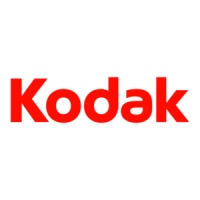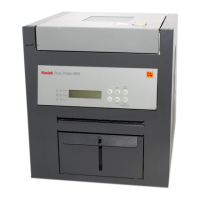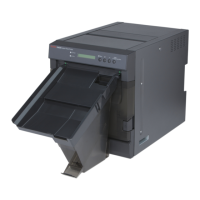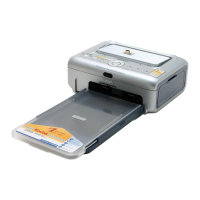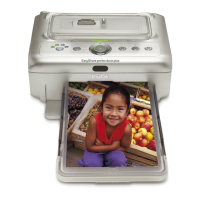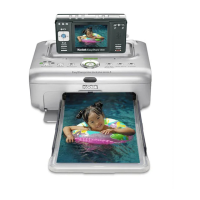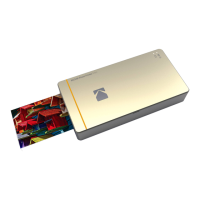5-2 8F927 January 17, 2007
Film Technical Information
Environmental Impact Tests show that DryView Laser Imaging Film is not considered hazardous to
the environment. As a result, you can develop, recycle, and dispose of film
with less impact on the environment than if you were using wet-developed
silver halide films.
Storing and Handling
Undeveloped Film
To achieve consistent results up to the expiration date indicated on the film
package, DryView Laser Imaging Film must be stored in a cool, dry place
(41° to 77°F / 5° to 25°C) and protected from radiation and chemistry
fumes.
The film can withstand short-term temperature spikes (up to 95°F/35°C) for
several hours during transit without any significant effect on film quality or
performance. Transit temperatures above 95°F/35°C will gradually diminish
shelf life.
DryView Laser Imaging Film
US Environmental Regulations Comparison
Wet Silver Halide DryView Film
Developer Fixer Wash Film Film
Product Regulations
OSHA MSDS Required Required Not required Not required Provided
DOT Hazardous Hazardous No limits No limits No limits
Use permits Local Local None None None
Disposal* Regulations
EPA Hazardous Hazardous No No No
DOT Hazardous Hazardous No No No
Note: There is no SUPERFUND liability with DryView Laser Imaging Film.
* State and local laws vary. Consult appropriate regulations or authorities prior to disposal.

